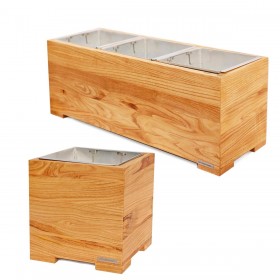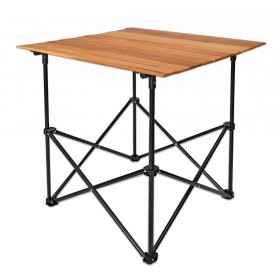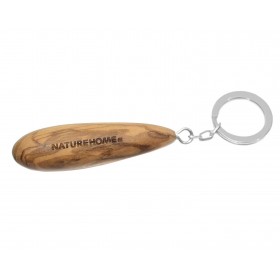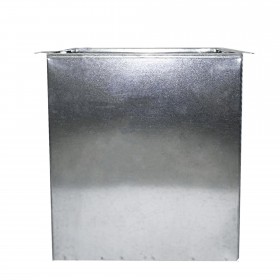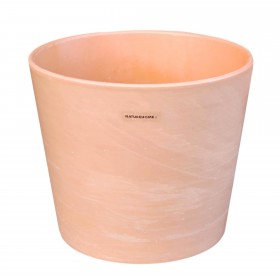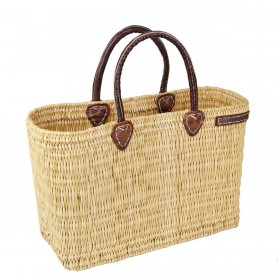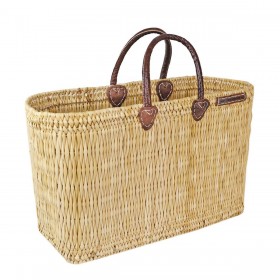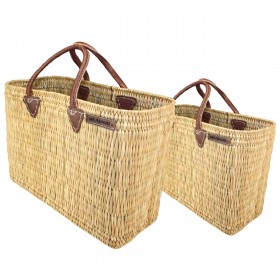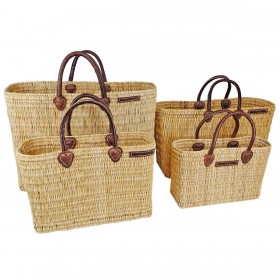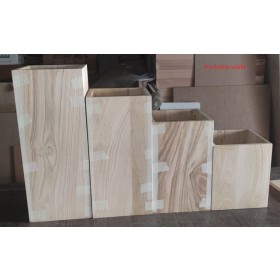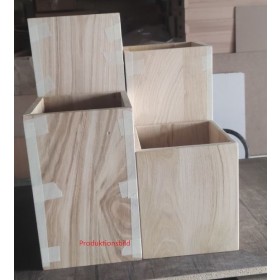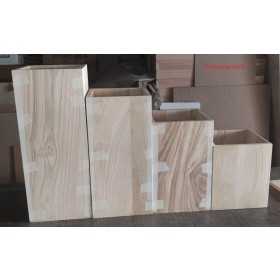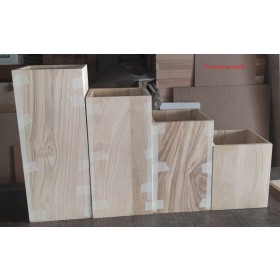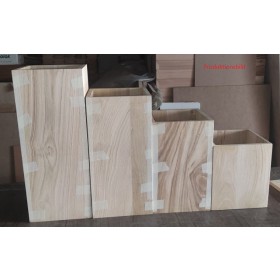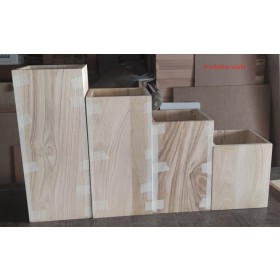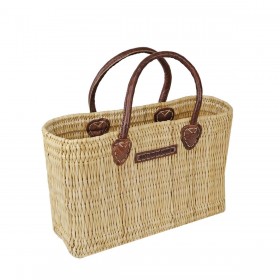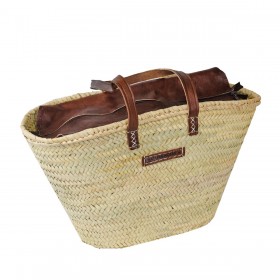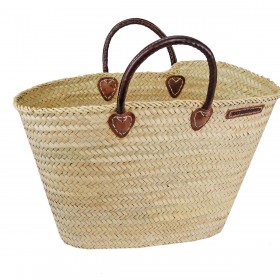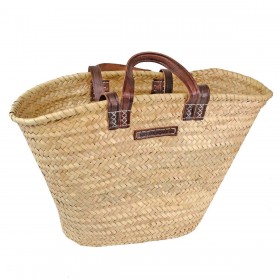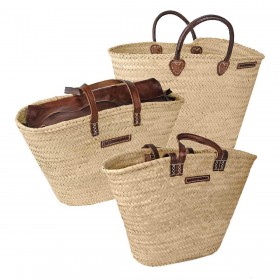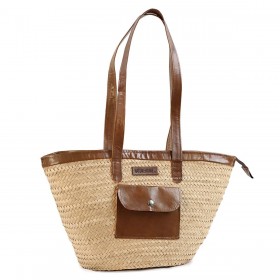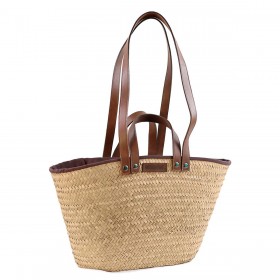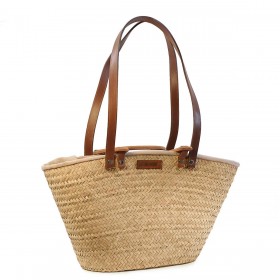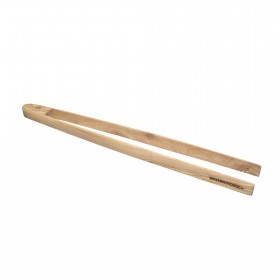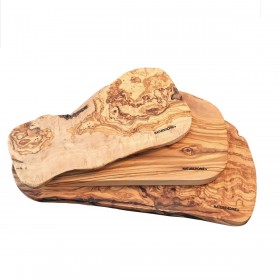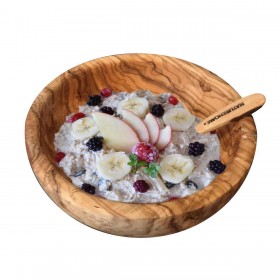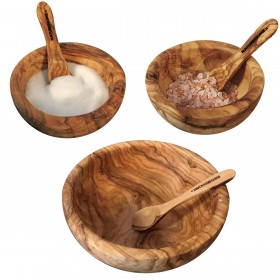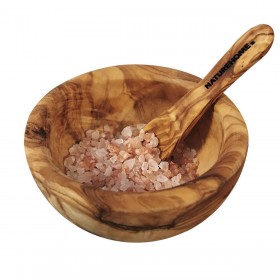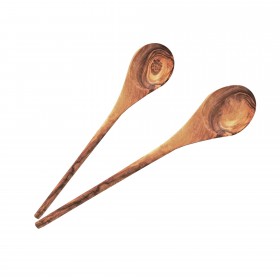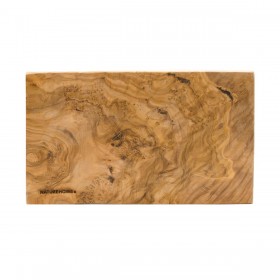
Exclusive accessoires for home gardening, balkony and terrasse.
Pflanzkübel Blumenkasten Kastanie Holz
£20.51 *Incl. VAT, excl. Shipping CostDelivery Time 2-3 Tage ***- -6%Sale
Table foldable beech wood solid including transport bag made of natural cotton
Incl. VAT, excl. Shipping CostDelivery Time 2-3 Tage *** - -51%Sale
Keychains olive wood, 10 cm
Incl. VAT, excl. Shipping CostInstead £8.46 *
Only £4.19 *
Delivery Time 2-3 Tage *** Insert for wooden flower box 23/20 x 20 x 23.8 cm
£20.51 * As low as **: £18.46 *Incl. VAT, excl. Shipping CostDelivery Time 2-3 Tage ***- -10%Sale
Ceramic flower pot with a terracotta look, Ø 23.5 cm
Incl. VAT, excl. Shipping CostInstead £21.28 *
Only £19.14 *
Delivery Time 2-3 Tage *** Reed bag medium
£36.32 * As low as **: £32.69 *Incl. VAT, excl. Shipping CostDelivery Time 2-3 Tage ***Reed bag big
£44.87 * As low as **: £40.38 *Incl. VAT, excl. Shipping CostDelivery Time 2-3 Tage ***- -11%Sale
2-piece beach bags set of reeds
Incl. VAT, excl. Shipping CostInstead £81.19 *
Only £72.64 *
Delivery Time 2-3 Tage *** - -15%Sale
Kräuterspirale 4 Pflanzkübel ohne Einsätze
Incl. VAT, excl. Shipping CostInstead £321.33 *
Only £272.62 *
Delivery Time 2-3 Tage *** - -15%Sale
Kräuterspirale with 4 inlayd
Incl. VAT, excl. Shipping CostInstead £403.37 *
Only £340.98 *
Delivery Time 2-3 Tage *** - -13%Sale
Kräuterspirale Pflanzenkübel 31,5x25x24cm
Incl. VAT, excl. Shipping CostInstead £58.11 *
Only £50.42 *
Delivery Time 2-3 Tage *** - -13%Sale
Kräuterspirale Pflanzenkübel 37,5x25x24cm
Incl. VAT, excl. Shipping CostInstead £73.50 *
Only £64.09 *
Delivery Time 2-3 Tage *** - -10%Sale
Kräuterspirale Pflanzenkübel 43,5x25x24cm
Incl. VAT, excl. Shipping CostInstead £90.59 *
Only £81.19 *
Delivery Time 2-3 Tage *** - -14%Sale
Kräuterspirale
Incl. VAT, excl. Shipping CostInstead £99.13 *
Only £85.46 *
Delivery Time 2-3 Tage *** Reed bag small
£30.34 * As low as **: £27.30 *Incl. VAT, excl. Shipping CostDelivery Time 2-3 Tage ***Palm leaf shoulder bag closed L
£42.30 * As low as **: £38.07 *Incl. VAT, excl. Shipping CostDelivery Time 2-3 Tage ***Palm leaf basket bag
£54.69 * As low as **: £49.22 *Incl. VAT, excl. Shipping CostDelivery Time 2-3 Tage ***Palm leaf basket/shoulder bag with two handles
£57.26 * As low as **: £51.53 *Incl. VAT, excl. Shipping CostDelivery Time 2-3 Tage ***palm leaf beach bags different models
£33.76 *Incl. VAT, excl. Shipping CostDelivery Time 2-3 Tage ***Palmblatt-Tasche mit Seitentasche & Reißverschluß (dunkle Stoffausstattung)
£67.51 * As low as **: £60.76 *Incl. VAT, excl. Shipping CostDelivery Time 2-3 Tage ***Palmblatt-Tasche mit Kordelverschluss (dunkle Stoffausstattung)
£67.51 * As low as **: £60.76 *Incl. VAT, excl. Shipping CostDelivery Time 2-3 Tage ***Palmblatt-Tasche mit Kordelverschluss (helle Stoffausstattung)
£76.06 * As low as **: £68.45 *Incl. VAT, excl. Shipping CostDelivery Time 2-3 Tage ***2 piece baby feeding set: bowl (16 cm) and spoon made of olive wood
£47.86 * As low as **: £44.03 *Incl. VAT, excl. Shipping CostDelivery Time 2-3 Tage ***Economy sets: bowl with spoon olive wood
£22.65 *Incl. VAT, excl. Shipping CostDelivery Time 2-3 Tage ***- -25%Sale
Salt bowl approx. 10 cm with Spoon olive wood
Incl. VAT, excl. Shipping CostInstead £22.65 *
Only £17.09 *
Delivery Time 2-3 Tage *** - -20%Sale
2 pieces of cooking spoons olive wood, 25 + 35 cm
Incl. VAT, excl. Shipping CostInstead £21.36 *
Only £17.01 *
Delivery Time 2-3 Tage *** Breakfast Board Olive Wood 25 x 15 x 1.3 cm
£25.21 *Incl. VAT, excl. Shipping CostDelivery Time 2-3 Tage ***
What is urban gardening?
The original concept of urban gardening is community gardening in the middle of the city. The urban gardeners are not looking for a private area, but want to plant the urban city as a collective. In urban gardening, different areas are transformed into green oases. Urban gardens are open spaces.
How does urban gardening work?
Urban gardening works on public land and is therefore not officially approved for the time being. You need a convincing concept for the approval of the responsible green area office. However, urban gardening campaigns are often supported by the responsible municipalities with plants, seeds or gardening tools. Since a city garden requires regular maintenance, it should be agreed in advance who will take on which role in gardening.
Clever use of space on the balcony
Balconies, on the other hand, usually only offer limited space for growing vegetables and the like. It is therefore important in urban gardening to make clever use of the small area. The motto here is: be creative! You can let off steam when choosing planters. Your offspring can see the light of day in classic balcony boxes and overheads, but also in old tin cans, cut plastic bottles or Tetrapaks. Upcycling is a great opportunity to give old objects a new purpose. Radishes or lettuce plants, for example, take up little space. Tomato plants, on the other hand, need a little more space to thrive. What objects are hidden in your rooms? Let your creativity run wild.
Flower box
What flower boxes for the balcony?
There are different types of flower boxes. In general, a distinction is made between flower boxes made of plastic, concrete, wood and terracotta. The latter three are much more sustainable and environmentally friendly. With flower boxes made of wood, an insert protects the wood from moisture. Since concrete and terracotta are relatively heavy, these flower boxes may be too heavy for one or the other balcony.
What wood for planters?
The wood for a plant box should be weatherproof and robust to withstand all weather conditions. Chestnut wood is particularly suitable because the wood is also UV-resistant and frost-resistant.
How do you prevent waterlogging in balcony boxes?
Waterlogging occurs in balcony boxes if you water them too much or there has been heavy rain. A drain, such as a hole, can help here. You can also avoid waterlogging by laying out the lower part of the balcony box with shards, stones or bark mulch when planting. That way the roots are not in the swamp.
How many plants in a flower box?
In general, you can't say exactly how many plants you can put in a flower box, as each plant requires a lot of space. Make sure that each plant has enough space from the start so that it does not suffer any growth restrictions. A hand's breadth is a good guide. The flower box often looks a bit sparse at first, but the plants grow and get bigger.
How do you plant a flower box?
First, stack stones, potsherds or bark mulch at the bottom of the box. Then fill with loose potting soil. Then put the plants in the flower box. Leave a hand's breadth between the plants. Place the plants as deep in the ground as they were in the pot before. You can then fill the gaps in the balcony box with soil, press lightly and water the flower box.
When to plant flower boxes?
Wait until after the ice saints to plant your flower box. Only when there is no more threat of frost is it optimal to plant a flower box.
What garden plants grow in the shade?
A basic distinction is made between penumbra, sunny locations and deep shade. Rodgersia, Christmas and Lenten roses, hostas and ferns are suitable for a shady spot. Lily Cluster, Bleeding Heart, Foamflower, Periwinkle, and Royal Spire thrive in really deep shade. For the penumbra, you can choose between star umbels, foxgloves, autumn anemones and cranesbills.
Planters
How big does the planter have to be?
In general, it is always better to choose a planter with a lot of volume. Make sure the planter is at least 3 cm wider than the one the plant is delivered in.
Which planters are frost-proof?
Planters made of concrete, ceramic and wood are usually frost-proof.
What plant in the planter?
There are many different plants that are suitable for planters. Before you decide on a plant, you can ask yourself where the plant will overwinter, whether it will be in the shade or in the sun and how big; she should become.
How do you fill planters?
In order to fill planters correctly, first pile stones, potsherds or bark mulch on the bottom for drainage. Then fill the planter with loose potting soil. Then place the plant in the planter. Then fill with soil, press down lightly and water the planter.
